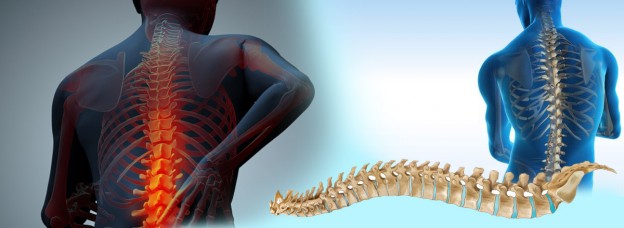Neurological Disease
- Migraine
- stroke
- Neuropathy
- Cerebral Palsy
- Autism
- Alzheimer’s Disease
- Bell’s Palsy
- Multiple Scleriosis
- Parkinson’s Disease
- Paralyasis
- (PTSD)/ Depression
- Spinal Chord Injury
- Traumatic Brain Injury/Coma
- White Matter Lesions
HBOT For Spinal Chord Injury
The spinal cord is a bundle of nerves that carries messages between the brain and the rest of the body. Acute spinal cord injury (SCI) is due to a traumatic injury that can either result in a bruise (also called a contusion), a partial tear, or a complete tear (called a transection) in the spinal cord. SCI is more common in men and young adults. Additional damage usually occurs over days or weeks because of bleeding, swelling, inflammation and fluid accumulation in and around your spinal cord. SCI results in a decreased or absence of movement, sensation, and body organ function below the level of the injury. The most common sites of injury are the cervical and thoracic areas. SCI is a common cause of permanent disability and death in children and adults. MRI scans, CT scans or X-rays are used to detect the condition.
Benefits of HBOT :Clinical studies have shown that hyperbaric oxygen therapy (HBOT) improves motor function in patients with spinal cord injury. Long-term disabilities from spinal cord injuries are linked with the extent of secondary injury from the inflammation that immediately follows the initial injury. Inflammation is a natural body response, but it limits the amount of blood and oxygen getting to the area, and thus poses greater problems. Hyperbaric oxygen has been used as an off-label treatment for spinal cord injuries for many years now, with many positive reports by both patients and treating physicians. This study showed that applying hyperbaric therapy may reduce secondary damage by reducing the inflammatory factors produced by the body. This gives good rationale for using HBOT following spinal cord injuries, not only to reduce secondary damage due to inflammation, but for also getting extra oxygen into the area and promoting further repair, while not losing functional capacity.

